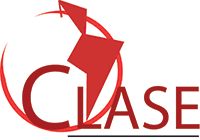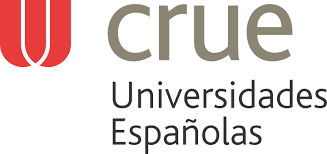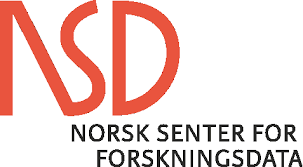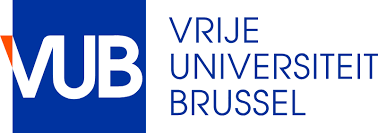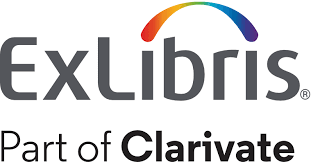Physical and logical safety in the police information treatment
DOI:
https://doi.org/10.22335/rlct.v3i1.142Keywords:
Security, informationAbstract
Although, in the national environment and in particular in the talkative sector of the Colombian Police's Academies, concerning about investigations, have already been developed the problem of the "information security", the current one, allows to validate or refute that the data obtained can have suffered transformations; all the time and specifically and particularity of the talkative atmosphere that it contains the police school "Carlos Eugenio Restrepo", which demand some equally differentiated analyses of that thematic. To Deep in this special item, allows to the police institution, to know all the realities about the Colombian police officers, getting in this way to adopt politicians guided to strengthen and to prevent deficiencies in the talkative and workers dynamics.
That investigation consists then, on carrying out a basic study about the factors who influent, in the physical and logical security and also in the of the police information handling; investigation that has been looked for, to acquit in a simple way and clear in what refers to the topic. This thematic shows a great institutional interest, it´s because as an organization, we are not having enough security in the handling of the information and the communications detected in the police formation schools around the country; this lack security about the information represents a considerable expense of resources as much in the economic thing as in the administrative.
Downloads
References
ANEIRO Rodríguez, LO. (2000). Elementos de arquitectura y seguridad informática. La Habana: Instituto Superior Politécnico "Eduardo García Delgado".
BARTOLI, Annie. (1997). Comunicación y Organización. Editorial Paidós. Barcelona.
CANO, J. (2004). Hacia un concepto extendido de la mente segura. Pensamiento sistémico en seguridad informática. Artículo de investigación (En revisión). Universidad de Los Andes.
FERNÁNDEZ Collado, Carlos. (1991). La Comunicación en las organizaciones. Editorial Trillas. México.
MENDÍVIL Gutiérrez, José Ignacio. El ABC de los documentos electrónicos seguros. [En línea]. Octubre de 2009 [Citado en dic. 18 de 2010] Disponible en Internet: http://www.criptored.upm.es/guiateoria/ gt_m163a.htm
MARRERO Travieso, Yran. La Criptografía - Un elemento de la seguridad informática. [En línea]. Enero de 2006 [Citado en dic. 18 de 2010] Disponible en Internet: http://www.vcd.cl/tombrad/pcasual/ayuda5.html
PIZZOLANTE Negrón, Ítalo. El poder de la comunicación estratégica . Colección Hermes. No. 3. 2003. 379 p.
QUIROGA, Horacio. Conceptos fundamentales de la Teoría de la Acción Comunicativa . [En línea]. Junio 25 de 2008. [Citado en dic. 18 de 2010] Disponible en Internet: http://www.geocities.com/tomaustin_cl/ soc/Habermas/haber2.htm
SOTELO Enríquez, Carlos. Introducción a la comunicación institucional . Editorial Ariel Comunicación. 2001. 228 p.
TAPIA, Eduardo. Jürgen Habermas. [En línea]. Enero 29 de 2010 [Citado en dic. 18 de 2010] Disponible en Internet: http://www.monografias.com/trabajos14/ jurgenhabermas/jurgenhabermas.shtml
VÁSQUEZ Rodríguez, Fernando. Rostros y máscaras de la comunicación. Colección Hermes. No. 4. 2003. 226 p.
ZEA, Luis Fernando. La organización como tejido conversacional. Fondo Editorial Universidad Eafit. 2004. 130 p.
Downloads
Published
Issue
Section
License
This journal provides free and immediate access to its content (https://creativecommons.org/licenses/by/4.0/legalcode#languages), under the principle that making research available to the public free of charge supports greater global knowledge exchange. This means that the authors transfer the Copyrights to the journal, so that the material can be copied and distributed by any means, as long as the authors’ recognition is maintained, and the articles are not commercially used or modified in any way.

